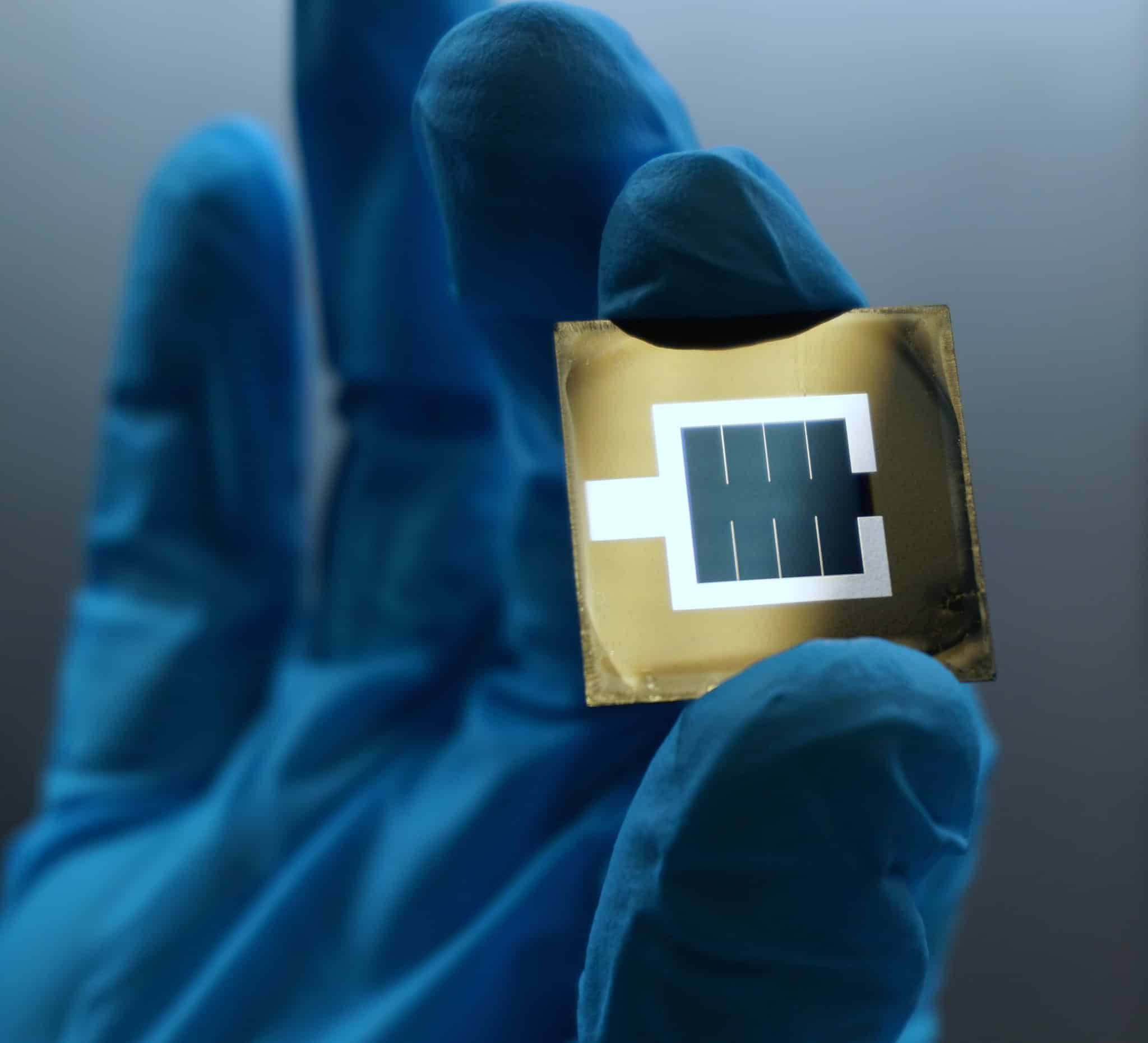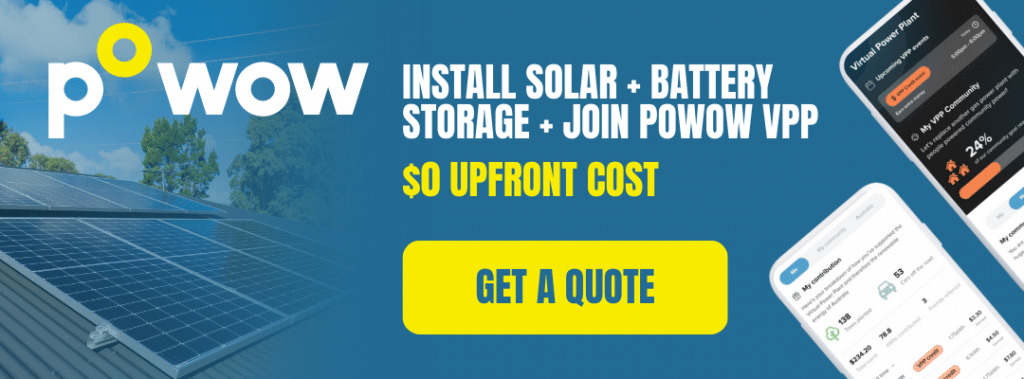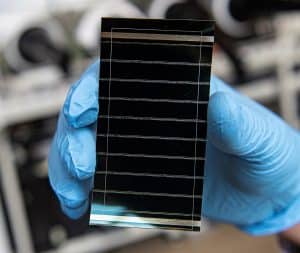The field of solar energy continues to witness groundbreaking advancements in the quest for more efficient and cost-effective photovoltaic technologies. In recent years, perovskite solar cells have emerged as a promising alternative to traditional silicon-based solar panels. In a significant breakthrough, researchers have achieved remarkable efficiency levels of over 32% by combining perovskite and silicon in a tandem solar cell configuration.
Energy Matters has been a leader in the renewable energy industry since 2005 and has helped over 40,000 Australian households in their journey to energy independence.
Let us discuss and choose the best quote that suits your needs and budget, and we can connect you with our trusted local installers, who will provide up to 3 FREE quotes for your home and business solar energy system.
Overview of perovskite PV solar cells
Perovskite solar cells are a type of thin-film photovoltaic (PV) technology that utilises a compound with a unique crystal structure known as perovskite. These materials have gained attention due to their high light absorption, low-cost production potential, and ease of manufacturing. Silicon-based solar cells, on the other hand, have been the dominant technology for decades, benefiting from their stability and maturity.
Worldwide development and efficiency achievements of perovskite PV solar cells
Numerous research groups and companies worldwide are actively engaged in developing perovskite solar cell technology. They are exploring new materials, device architectures, and manufacturing techniques to further enhance efficiency, stability, and scalability.
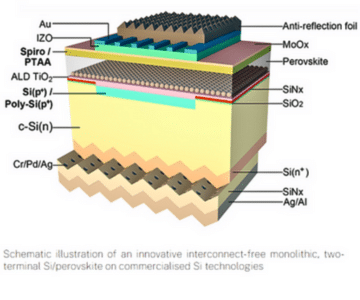
Researchers at the Australian National University (ANU) in Canberra, ACT, have reached a significant milestone in solar energy by achieving an efficiency rate of 30.3% with their perovskite-silicon tandem solar photovoltaic (PV) cells. This development opens up new avenues for more efficiently and effectively harnessing the sun’s power.
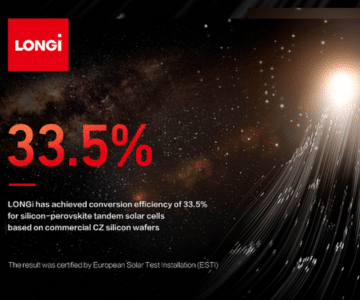
LONGi set a new efficiency record of 33.5% for perovskite/crystalline silicon tandem solar cells, surpassing the previous record of 31.8%. Their achievement showcases the potential for advancements through research and breakthroughs in key technologies like perovskite crystal growth, bulk passivation, and light management.
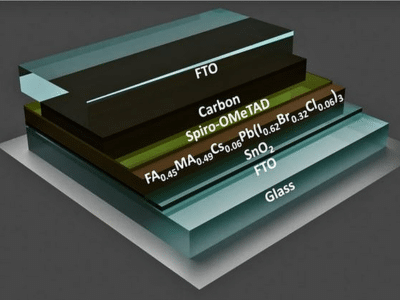
Mahidol University researchers in Thailand have developed an affordable indoor perovskite solar cell with a carbon electrode design. By utilising antisolvent deposition and vacuum thermal annealing (VTA) techniques, they successfully created high-quality perovskite films. With VTA treatment, the solar cell achieved a peak efficiency of 32.0% and demonstrated promise for widespread application in modern optoelectronic devices.
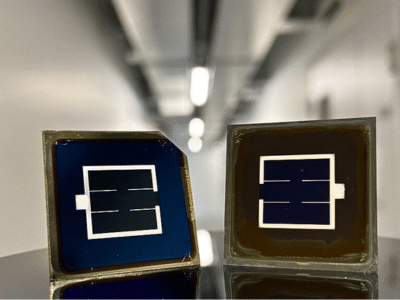
In one work, Xin Yu Chin and colleagues from Switzerland’s Ecole Polytechnique Fédérale de Lausanne (EPFL) used a perovskite top cell and a silicon bottom cell, adding phosphonic acid additions during cell processing. Their cell has a 31 per cent efficiency.
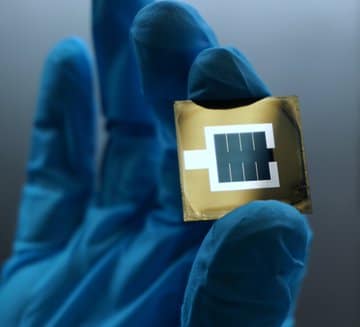
The other team, led by Helmholtz-Zentrum Berlin (HZB), employed an ionic liquid called piperazinium iodide to boost the efficiency of their tandem solar cell, obtaining up to 32.5 per cent efficiency.
Sources: Chemistry World, Newatlas
Advantages of perovskite solar cells
Perovskite solar cells offer several advantages over traditional silicon-based solar panels:
High efficiency: One of the most notable advantages of perovskite-silicon cells is their potential for high conversion efficiencies. The ability to exceed the 32% threshold opens up new possibilities for generating more electricity from a given surface area, leading to increased power output and reduced costs.
Low manufacturing cost: Perovskite solar cells can be produced using low-cost fabrication techniques, such as solution processing or printing methods, which makes them a cost-effective alternative to traditional silicon-based solar cells.
Tandem configuration: The tandem configuration enables the complementary absorption of different parts of the solar spectrum. Perovskite solar cells excel in capturing high-energy photons, while silicon cells are more efficient with low-energy photons. By combining the two, a wider range of the solar spectrum can be harnessed, enhancing overall efficiency.
Versatile applications: Perovskite solar cells can be engineered to be flexible, lightweight, and semi-transparent, enabling a wide range of applications. They can be integrated into building materials, windows, vehicles, wearable devices, and portable electronics, among others.
Wide spectral absorption: Perovskite materials have a broad absorption spectrum, allowing them to efficiently convert sunlight into electricity, even under low-light or indoor lighting conditions.
Experience a new level of energy savings with Energy Matters Marketplace – your one-stop shop for renewable energy products and more whether you’re looking for solar panels, battery storage or outdoor or indoor products.
Challenges and future prospects
Despite achieving an impressive efficiency of over 32% in perovskite-silicon solar cells, there are obstacles to address for widespread commercial use.
Stability and durability: Perovskite solar cells encounter durability issues due to material degradation caused by exposure to moisture, oxygen, and light, prompting ongoing research to improve their stability and lifespan.
Scaling up manufacturing: Efforts are being made by researchers and industry stakeholders to overcome the challenge of scaling up the production of perovskite materials by optimising manufacturing processes and developing effective encapsulation methods for environmental protection.
Cost competitiveness: Extensive research and development are needed to enhance the cost-effectiveness of perovskite-silicon solar panels, involving achieving economies of scale, refining manufacturing techniques, and reducing material costs, in order to facilitate their widespread commercialisation despite their initial cost advantages.
Implications for the solar energy industry
The advancements in perovskite-silicon solar cells have significant implications for the solar PV industry. They offer higher efficiency, surpassing traditional silicon cells, leading to increased power output and accelerated adoption of renewable energy. Moreover, the cost reduction potential of perovskite-silicon panels could bring about grid parity, making solar energy cost-competitive with fossil fuels and driving widespread adoption. Additionally, the thin and flexible nature of perovskite cells enables their integration into various surfaces, offering aesthetic appeal and the potential for innovative applications in solar energy generation.
Perovskite solar cells represent a promising solar panel technology
Perovskite solar cells represent a promising technology in the renewable energy sector, offering high efficiency and low-cost manufacturing potential. The market for perovskite solar cells is expected to grow in the coming years, driven by increasing demand for clean energy and advancements in solar panel efficiency and stability. However, further research and development efforts are needed to overcome challenges and achieve widespread commercialisation of this technology.
Still can’t afford to switch to solar power?
Are you considering getting solar panels but are currently short on funds? You can still invest wisely, and Energy Matters can help you.
Powow and Energy Matters have teamed up to provide consumers with an alternative to switching to solar power and battery storage.
The biggest obstacle to installing solar and battery storage is typically finance. With Powow’s PPA and VPP, our customers will have a $0 upfront option and financial stability in the uncertain energy market.
Get up to 3 obligation-free quotes by getting in touch with us right away. Find out what payment plan options suit your needs and budget!
Check out our page for Powow: Power Purchase Agreement (PPA) and Virtual Power Plant (VPP).









